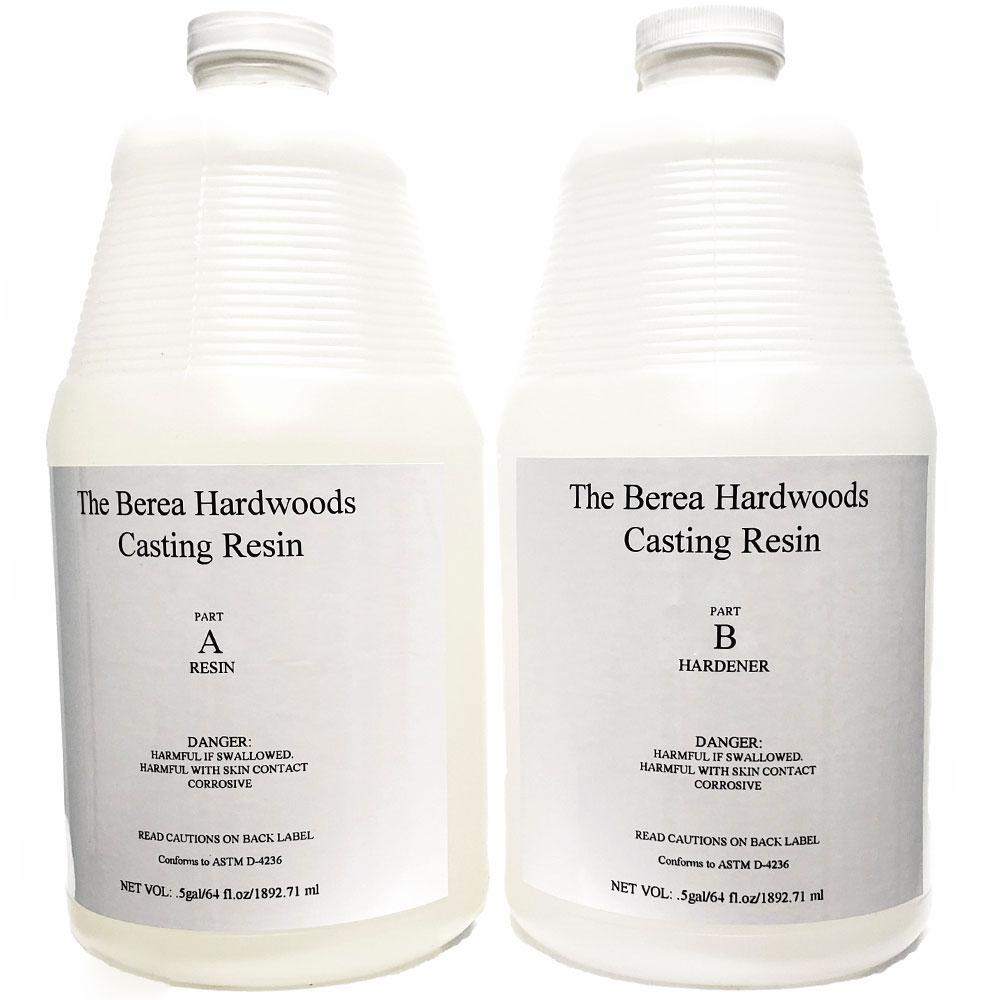jttheclockman
Member
It has been talked about here a few times lately and that is Epoxy Resins turning yellow after some time weather from Uv or just natural. Now I have been using Liquid Diamonds for a couple years now and the pens I like to use it on are ones that have alot of hidden nooks and cranny where air bubbles can hang out such as watch part pens and others. Pens that I have made over a year ago in my eyes still look the same but it is so hard to tell because we turn down the material so thin and the yellow effect just hard to pick up. This type casting resin sticks to all surfaces and does not release when curing. That is another reason I like using it. I also use silmar41 and I know for fact that resin will release off objects at times. But yesterday I was looking in some supply areas I have my casting stuff I noticed a combo bottle of brand new LD which is at least a year old. I know it says on the bottles resists yellowing but I noticed the hardener part B had a yellow tint. Now I know for sure when I bought it they were both clear liquids like water. They were stored in a cabinet with no light source and cool temps.
So this brings me to this question. Has anyone tried and used an epoxy resin that does not turn yellow for sure. I do not want to hear so and so suppose to stay clear. I need facts. Have you personally seen such an animal and what is the name and the source to get. Now I am looking for a casting resin and not a surface coating resin such as bar top resins or fiberglass resins. We all know what casting resins are because they are used in amounts more than coatings. Thanks ahead of time for replys.
So this brings me to this question. Has anyone tried and used an epoxy resin that does not turn yellow for sure. I do not want to hear so and so suppose to stay clear. I need facts. Have you personally seen such an animal and what is the name and the source to get. Now I am looking for a casting resin and not a surface coating resin such as bar top resins or fiberglass resins. We all know what casting resins are because they are used in amounts more than coatings. Thanks ahead of time for replys.

